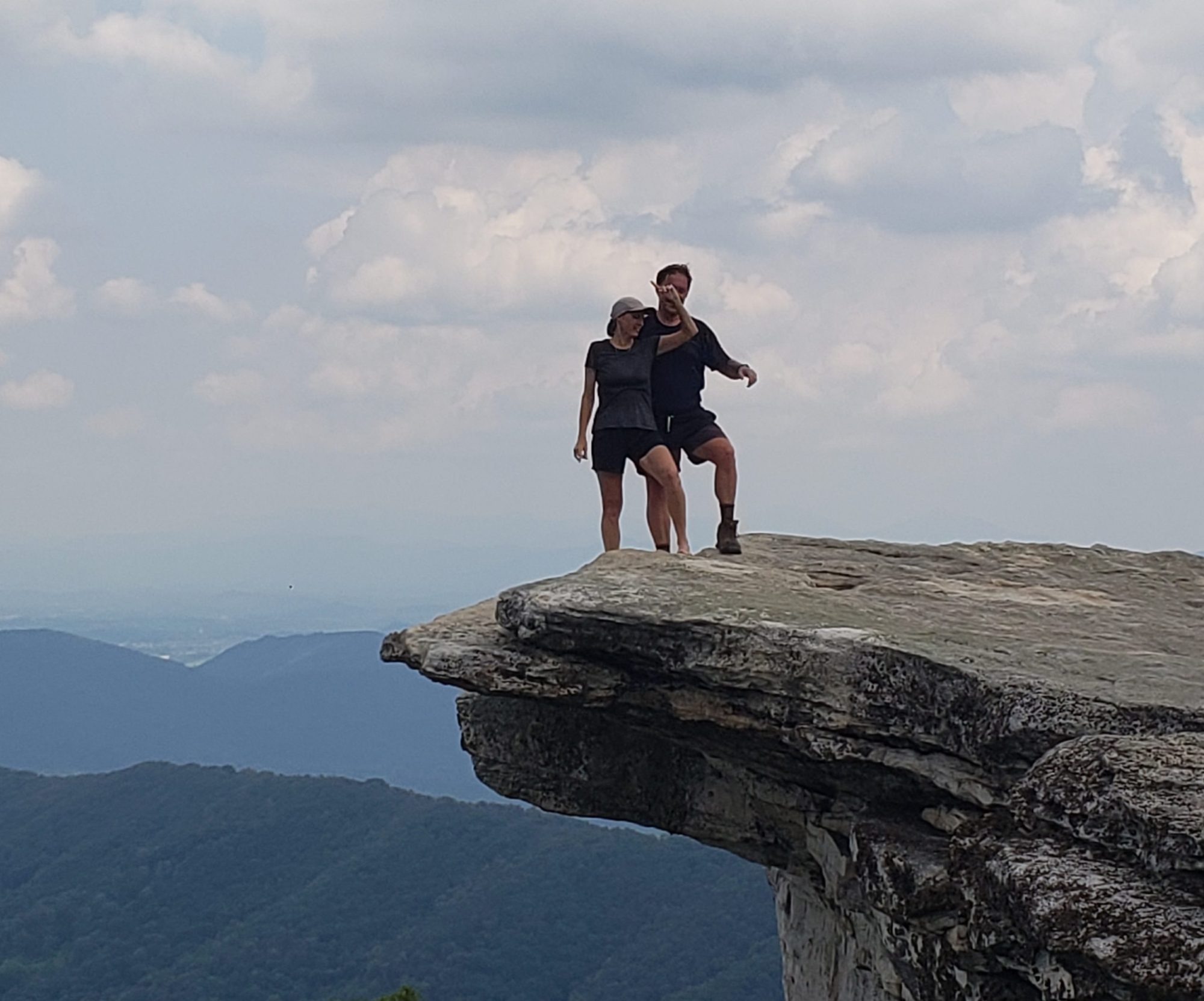This example of a southern city with an abundance of charm and history called us back after our initial exploration on our last trip. It was founded in 1670 becoming the 5th largest city in the colonies within a decade. We took a 2 hour walking tour of the historic district with a very knowledgeable guide. He talked at length about a former mayor of the city for 40 years and his efforts to make the city more historically accurate. He had all utility wires buried and offered home and business owners a tax credit to install working gas lanterns on the outside of their house. Government has a use at some times we suppose.
Unfortunately, Charleston also has the distinction as the hub of slavery back in the day. Estimates have it that over half of the slaves imported to North America were “processed” in the city of Charleston. Below is a picture of one of the more prolific sites for the import and auction of slaves.

There was a large earthquake along the fault line that runs through the city back in 1886. Many of the city’s buildings were leveled but some managed to escape that fate. The folks were concerned about the structural integrity of these remaining buildings so horizontal steel rods were used to hold the walls erect in case of more quakes in the future. Supposedly there is a large quake here every 100 years or so. That means the city is “due”.



The steel rods were deemed unattractive so covers were designed to make their ends look a bit more pleasing to the eye. As with everything else in life, some folks could afford a nicer version of those covers. On the left if the standard cover we saw on many of the building there and the right is a version of a more expensive and elaborate cover. Turns out that these steel rods were not the best idea and no one is quite sure what will happen when the next “big one” come. They make the building too rigid they say. New construction uses techniques that allow the building to sway with the motion.
The picture below is of a random street made of English cobble. Stones are lumped into 3 categories: gravel, cobble and boulders. It was cobble that most of the ships coming from England used as ballast. Most ships left England with a few supplies but remained basically empty so they could take on more cargo and sail it back to the mother country. These ballast stones weighed enough to make sure the ship was not top heavy. When the ships were loaded with cargo for the return trip, the cobble ballast stones were either thrown overboard or used to erect buildings or make streets like the one shown. So many stones were thrown overboard that the shoreline eventually ended up 1/4 mile from where it is today. Cool to be walking on stones that came from England centuries ago.

It was very interesting to come across a fire tower in the middle of an urban setting. Fire was the biggest risk to buildings back in the day when all buildings were basically made of wood. By standing on top of the tower, the caretaker could locate a fire anywhere nearby and alert the authorities.








Below, find a picture of a nice sunset from a pier downtown as well as a “typical” scene of a park in Charleston.


We chose to spend one of our days touring a few historic sites in the area. First stop was the Angel Tree. Its birth year is in question but most figure it to be over 1000 years old. Massive tree with tons of Spanish moss and resurrection fern growing on its limbs. All it takes is one rain to bring back the browning fern back to a healthy green hence the name resurrection fern.

Off to the Charleston Tea Plantation. They now call it a tea garden and not plantation. It never did have slaves working the land so….We learned some of the traditional teas like earl gray, black and green are all made from the same plant. It is all about the processing.


With all our sightseeing we needed to get out on the bikes as the temperature climbed into the 70 degree range. Turns out the 7 mile bike path from near our campground to the bridge that crosses into Charleston is not a true rail-trail path but the remains of a military earthworks to help repel the Union army during the Civil War. See placard below. A nice ride was had by all.


We took a day while downtown to get a tour of the Old Exchange building also known as the Dungeon. As the building was directly on the water back in the day, all goods being shipped into the colony had to go through “customs” at this house. All the taxes collected at this customs house was sent back to England, of course!




After the American Revolution George Washington took what was billed as his “Southern Tour”. While in Charleston he was regaled as a hero and large parties were held in his honor. Lore has it that he danced with all 400 women present at a ball in the main room upstairs in the Old Exchange. Wonder what Martha would have thought??



Great pics and commentary on a variety of interesting subjects!
I got to spend a few fun nights in Charleston for training when stationed out of Mayport , Florida, but my interests at that time did not include the city’s history!
So good to see you back recording your travels and adventures!!